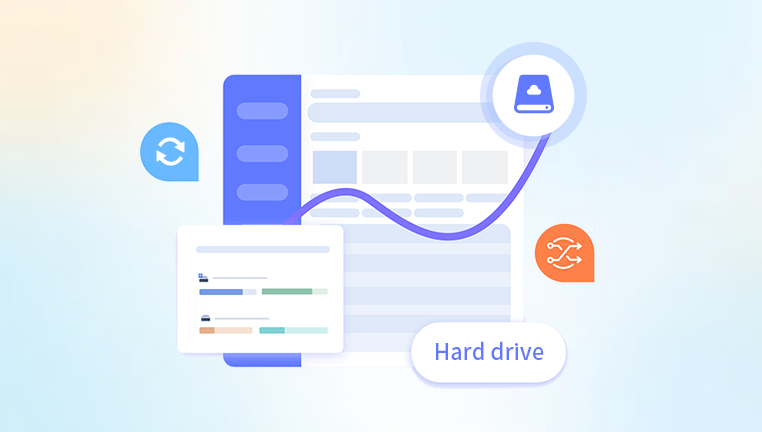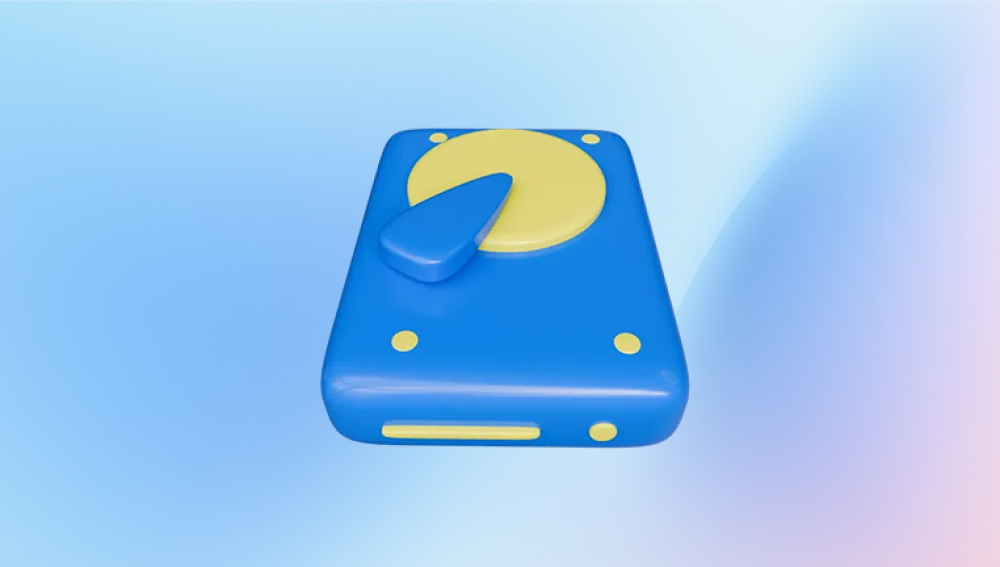A "volume" in computing refers to a storage area with a single file system, typically a partition of a hard drive. When the root directory of a volume is corrupt, it means the main directory that organizes files and folders has been damaged. This corruption can prevent access to all the data stored on the volume. Common causes include:
File system errors
Hardware failures
Power surges or outages
Malware or viruses
Improper shutdowns
Steps to Solve the Problem

Step 1: Initial Diagnostics
Check Hardware Connections
Ensure all cables and connections are secure.
Try connecting the storage device to another computer or using a different port.
Listen for Unusual Sounds
If you hear clicking or grinding noises, it could indicate a mechanical failure.
Visual Inspection
Check for any visible damage to the device or connectors.
Step 2: Boot from an External Source
Use a Bootable USB or CD
Create a bootable USB or CD with a Linux distribution or Windows recovery environment.
Boot from this external source to avoid using the potentially corrupt operating system on the affected volume.
Access the Disk
Use the live environment to access the disk and see if you can read any data.
Step 3: Run Disk Check Utilities
Windows: CHKDSK
Open Command Prompt as an administrator.
Run the command: chkdsk X: /f /r (replace X with the letter of the corrupt volume).
This command checks the disk for errors and attempts to fix them.
Linux: fsck
Open a terminal.
Run the command: sudo fsck /dev/sdXY (replace sdXY with the correct device identifier).
Follow the prompts to repair any errors found.
Step 4: Use File System Repair Tools
Windows: SFC and DISM
Run System File Checker: sfc /scannow.
Use DISM to repair the Windows image: DISM /Online /Cleanup-Image /RestoreHealth.
Linux: e2fsck, ntfsfix, etc.
For ext4 file systems: sudo e2fsck -f /dev/sdXY.
For NTFS file systems: sudo ntfsfix /dev/sdXY.
Step 5: Recover Data
Backup Important Data First
If possible, copy any accessible data to another drive before attempting repairs.
Use Data Recovery Software
Tools like TestDisk, PhotoRec (free), or commercial solutions like EaseUS Data Recovery Wizard, can help recover data from corrupt volumes.
Step 6: Rebuild the File System
Windows: Reformat the Volume
If data recovery is successful, consider reformatting the volume to rebuild the file system.
Use Disk Management or Command Prompt: format X: /FS:NTFS (replace X with the volume letter).
Linux: Recreate the File System
Use mkfs to create a new file system: sudo mkfs.ext4 /dev/sdXY (replace sdXY with the correct identifier).
Step 7: Prevent Future Corruption
Regular Backups
Implement a regular backup schedule to prevent data loss.
Proper Shutdown Procedures
Always shut down your computer properly to avoid file system corruption.
Use Surge Protectors
Protect your hardware from power surges.
Install Antivirus Software
Keep your system free from malware that can cause data corruption.
Detailed Instructions
Using CHKDSK in Windows
Open Command Prompt as Administrator
Press Win + X, then select "Command Prompt (Admin)".
Run CHKDSK
Type chkdsk X: /f /r (replace X with your volume letter) and press Enter.
The /f parameter fixes errors, and the /r parameter locates bad sectors and recovers readable information.
Using fsck in Linux
Open Terminal
Boot into a live Linux environment if necessary.
Run fsck
Type sudo fsck /dev/sdXY (replace sdXY with the correct identifier).
Follow the prompts to repair the file system.
Using Data Recovery Tools
TestDisk
Download and install TestDisk.
Run TestDisk and select the affected disk.
Follow the prompts to analyze and recover the partition and data.
PhotoRec
Download and install PhotoRec (comes with TestDisk).
Run PhotoRec and select the affected disk.
Choose the file types to recover and a destination directory.
Reformatting the Volume
Windows
Open Disk Management (diskmgmt.msc).
Right-click the affected volume and select "Format".
Choose the file system (NTFS, FAT32. etc.) and follow the prompts.
Linux
Open a terminal.
Use the mkfs command: sudo mkfs.ext4 /dev/sdXY (replace sdXY with the correct identifier).




